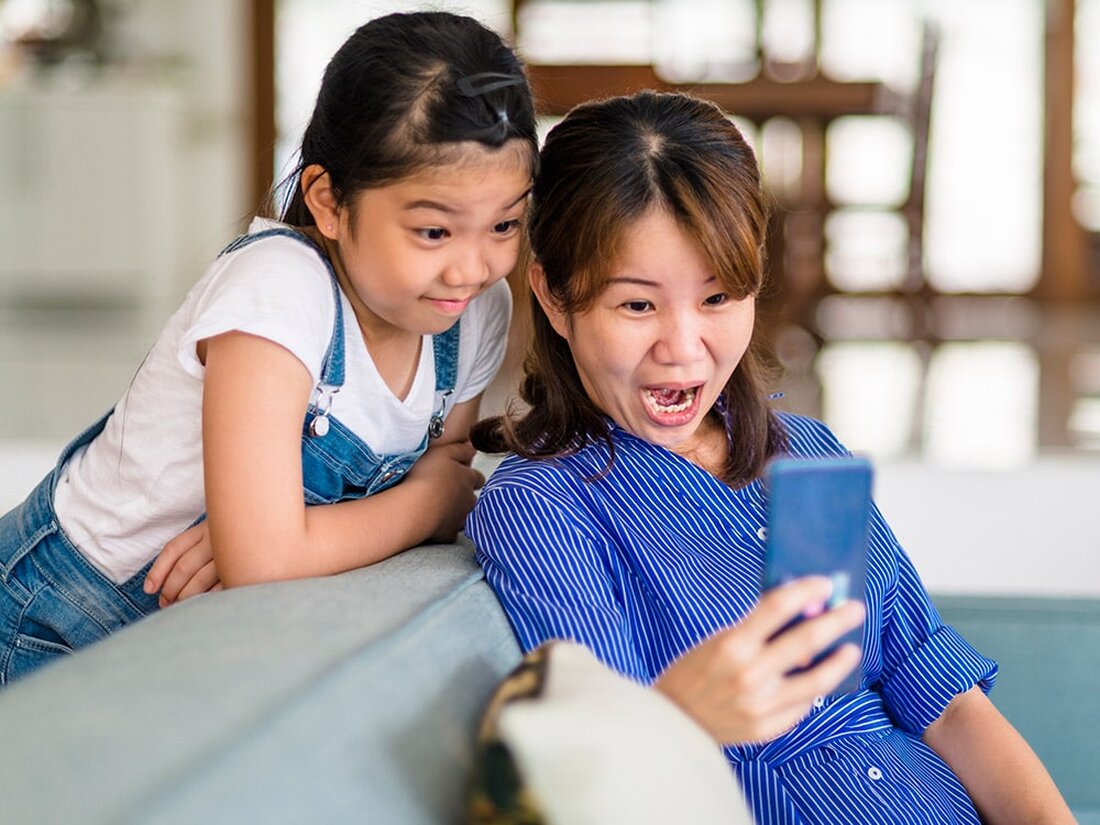Results of the umbilical cord blood stem cell autism study
We all know that autism cannot be cured. However, researchers at the Duke Center for Autism and Brain Development have found a way to alleviate the symptoms of autism, allowing children with the condition to live better lives. And the key to this therapy lies in their own stem cells from umbilical cord blood. Duke's researchers conducted a study to find out whether the symptoms of autism could be reduced to some degree by infusing blood from one's own umbilical cord. They published their results in April 2017 and since then it has had all the media attention. …

Results of the umbilical cord blood stem cell autism study
We all know that autism cannot be cured. However, researchers at the Duke Center for Autism and Brain Development have found a way to alleviate the symptoms of autism, allowing children with the condition to live better lives. And the key to this therapy lies in their own stem cells from umbilical cord blood.
Duke's researchers conducted a study to find out whether the symptoms of autism could be reduced to some degree by infusing blood from one's own umbilical cord. They published their results in April 2017 and since then it has had all the media attention.
25 children between 2 and 6 years old took part in the study. Geraldine Dawson, director of the Duke Center for Autism and Brain Development, confirmed that all of the children's autism symptoms have improved. Dawson mentioned: "We measured the children's social and communication skills using various tests and parent questionnaires. We found that the infusion was safe and many children showed improvements in their social and language skills."
In this study, the children received stem cells from their own umbilical cord blood. After the infusion, her improvements were monitored thoroughly. Doctors determined that the infusion was completely safe for the children. After a year, these children were asked to take another round of testing to measure their further improvements.
Dr. Joanne Kurtzberg, a professor in the Department of Pediatrics, said the process was completely new to her. Dawson said the study is still in its early stages as they do not have a standard comparator to compare the effectiveness of autism therapy as there was no control group of autistic children included in the study to compare the results. Dawson added: "Because there was no comparison group in this study, we do not yet know whether the improvements observed were due to the cord blood. As much as we hope this helps, we do not want to prematurely make claims that have not been confirmed."
After the successful Phase I, the team is ready to begin the Phase II study, which is expected to be completed in two years. In contrast to Phase I, the second phase includes a blind control group in which children receive a placebo infusion. In addition, Phase II will involve 165 children with autism.
Dawson said the children will be split into two groups. One group receives stem cells from umbilical cord blood and another group receives a placebo. The groups are switched after six months and the children receive the opposite therapy. This allows researchers to find out the effectiveness of stem cell therapy for autism. Kurtzberg added: "There is a remodeling of certain abnormal brain connections [by the microglia], which then leads to a reduction in the symptoms of autism."
Although the first study showed immense improvements in the children, the team is still hesitant to call it a complete therapy for treating autism symptoms. After comparison phase II, you can answer all unanswered questions. Kurtzberg added: "At the end of [the Phase II] study we will be able to answer the question of whether cells are effective."
Inspired by Richa Verma

 Suche
Suche
 Mein Konto
Mein Konto
